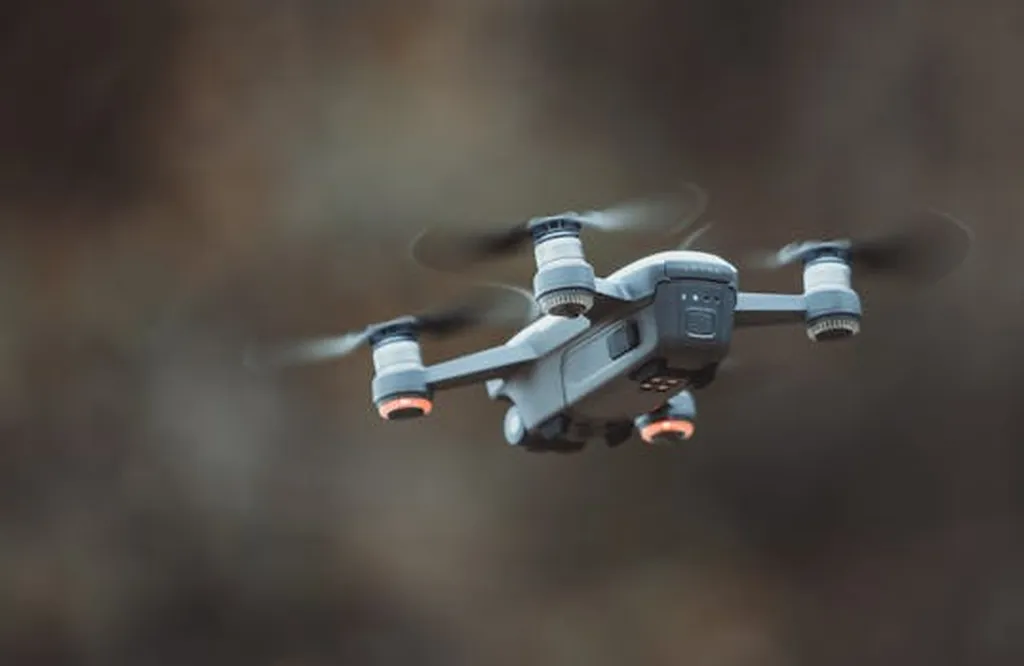In a significant stride towards enhancing ship propulsion efficiency, researchers have developed an improved virtual disk (VD) method that better predicts propeller performance when it interacts with the free surface. This advancement, led by Sua Jeong from the Department of Naval Architecture and Ocean Engineering at Inha University in South Korea, addresses the challenges posed by environmental regulations and the need for accurate propulsion predictions, especially under ballast conditions where propellers are shallowly submerged.
The conventional VD method has long been used to simulate propeller performance, but it falls short when dealing with complex phenomena like ventilation and surface piercing that occur when propellers approach the free surface. These issues can significantly reduce propulsion efficiency, making accurate predictions crucial for compliance with the International Maritime Organization’s (IMO) stringent environmental regulations.
Jeong and her team tackled this problem by simplifying and implementing a correction formula that accounts for the advance ratio (J) and submergence ratio (h/D) in a computational fluid dynamics (CFD) environment. This allows for dynamic adjustment of body force based on the time-varying submergence depth of the propeller. “The modified VD method closely matched the performance trends of the model propeller, especially in free surface-interference conditions,” Jeong noted.
To validate their improved method, the researchers conducted comparative analyses using POW and self-propulsion simulations for an MR tanker and SP598M propeller. They tested the method in both calm and regular wave conditions, demonstrating its reliability in predicting propulsion performance under real sea states. The results showed that the modified VD method accurately reproduced reductions in wake fraction and thrust deduction coefficient, unlike the conventional VD, which tends to overestimate these factors.
The commercial implications of this research are substantial. Accurate prediction of propulsion performance can lead to significant fuel savings and reduced emissions, which are critical for ship operators looking to comply with IMO regulations and improve their environmental footprint. The maritime industry stands to benefit greatly from this tool, particularly in the early design stages of shipbuilding, where precise performance predictions can inform better design choices and optimize propulsion systems.
Jeong’s work, published in the Journal of Marine Science and Engineering, represents a practical tool for maritime professionals. By providing a more accurate method for predicting propeller performance, it offers a valuable resource for ship designers, operators, and environmental regulators alike. As the industry continues to grapple with the challenges of environmental regulations and the need for efficient propulsion, this research offers a promising solution that can drive innovation and sustainability in maritime operations.

